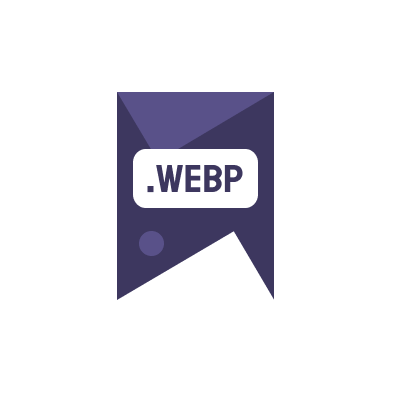Introduction to Image Formats for Graphics and Illustrations
When it comes to digital graphics and illustrations, especially those incorporating text, choosing the best image formats for graphics is crucial for maintaining clarity, readability, and overall visual impact. This article explores various image formats that are ideal for different types of graphics, focusing on their advantages and applications.
Understanding Different Image Formats
- JPEG: Ideal for photographs and images with gradients.
- PNG: Offers transparency and great for logos and web images.
- GIF: Good for simple animations.
- SVG: Perfect for vector-based graphics.
- WebP: A modern format providing superior compression.
Each format has its distinct advantages. For instance, JPEG is known for its wide compatibility but might not be the perfect choice for images with text due to compression artifacts. Conversely, formats like SVG and WebP offer sharper edges and smaller file sizes, which are essential for maintaining text clarity in graphics.
Why Choose WebP for Text Graphics?
Among various formats, WebP stands out particularly when dealing with graphics containing text. This format, designed by Google, provides high-level compression techniques that significantly reduce file size without sacrificing quality. Furthermore, WebP supports transparency, which is a crucial feature for layered graphical elements.
To convert your images to WebP efficiently and free of charge, consider using online tools like Image to webp online free tool.
Comparative Analysis: WebP vs. PNG vs. SVG
When comparing WebP with PNG and SVG for text-heavy graphics, WebP generally offers better compression and faster loading times, which is crucial for website performance. This can be verified using tools like PageSpeed Insights, which evaluates the impact of different image formats on site speed.
SVG, while not as compressed as WebP, provides scalability and remains crisp at any resolution, making it ideal for responsive design. PNG, on the other hand, is widely supported and excels in preserving the sharpness of text but often at a larger file size compared to WebP.
Best Practices for Using Image Formats
Choosing the right image format is just one step in optimizing graphic content. Here are some best practices:
- Always test different formats to see which provides the best balance of quality and file size for your specific needs.
- Use tools like ConverterWebP’s blog for the latest tips and trends in image conversion.
- Consider the nature of the content: use vector formats for logos and icons, raster formats for photographs and detailed illustrations.
In conclusion, selecting the best image formats for graphics is vital for any designer or content creator looking to enhance the visual quality and performance of their images. By understanding the characteristics and benefits of each format, especially for illustrations with text, you can make informed decisions that impact both aesthetic appeal and functionality.

